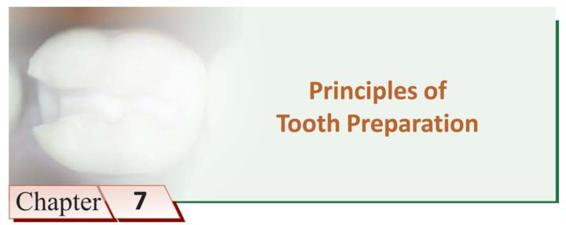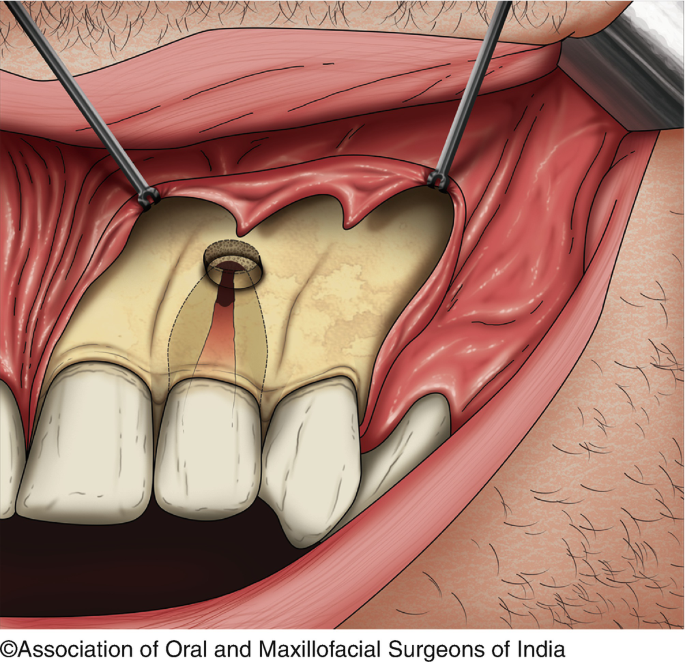
Contents Outline form Retention form Secondary retention Resistance form Reverse curve References
Class II Amalgam Cavity Preparartion
Date: 6/11/2014. Asalaam Alekum. Class II Amalgam Cavity Preparartion. Dr. Gaurav garg ( M.D.S.) Lecturer, College of Dentistry. Al Zulfi, M.U.
Resistance form. Reverse curve. References.
Proximally there is a box shape extension ( Occlusal Step) .
Enter tooth with punch cut and extend distally along central fissure at uniform depth of 1.5 mm ( 0.5 mm inside DEJ) Bur position for entry- slight lingual tilt.
Wedging. A, Round toothpick wedge placed in gingival embrasure protects gingiva and rubber dam during preparation of proximal box. B, Triangular wedge is indicated when deep gingival extension of proximal box is anticipated, because wedge s greatest cross-sectional dimension is at its base. Consequently, it will more readily engage the remaining clinical tooth surface.
Gingivally there should be a clearance of 0.5 mm from adjacent tooth. Axial wall should follow the external tooth contour.
Removeremaining undermined proximal enamel with enamel hatchet on facial proximal wall (A), lingual proximal wall (B), and gingival wall (C).
Beveling axiopulpal line angle
B and C, Sharp angles at linguogingival and faciogingival corners are rounded by rotational sweep with gingival marginal trimmer ( GMT).
Secondary Retention Retention Locks ( No. 169L or ¼ round bur can be used) 169L ¼ round
90 degree cavosurface angle. Flat pulpal & gingival floor. Gingival floor should be bevelled. ( degree), to remove unsupported enamel rods. Rounded all internal line angle. Bevelled axiopulpal line angle.
¼ th of ICD. Buccal wall. Pulpal floor. Palatal/ Lingual wall. Axiopulpal line angle. Axio- buccal line angle. Axio-lingual line angle. Axial wall. Axiogingival line angle. Gingival floor.
In case of maxillary teeth, mostly the molars, the contact area is more buccally, i.e.; the lingual embrasures are more than the buccal embrasures. In such cases, extending the bucco- proximal wall into the embrasure lead to excessive cutting of the buccal cusps. To avoid this, a reverse curve ( S- shaped) is made in the buccal proximal wall so as to have sufficient amount of dentin in that area & also to achieve butt joint with the cavosurface margins. Such a curve, though mostly given in maxillary molars, can be given in any tooth where the contact area is deviated or more pronounced on one side.
Conservation of tooth structure ( preserve cuspal inclines) Creation of 90 degree cavosurface angle. Less display of restorative material ( enhance esthetics)
Sturdevant s art & science of operative dentistry Theodore M. Roberson, Harald O. Heymann, Edward J. Swift, Jr. Principles of operative dentistry (2005)- A.J.E. Qualtrough, J.D. Satterthwaite, L.A. Morrow and P.A. Brunton. Fundamentals of Operative Dentistry- 2nd Edition- Summitt & Robbins.

Advanced Dental Overseas Program

Class II Amalgam Cavity Preparation, PDF, Tooth

Dental Inlays Bedminster, NJ

8. Dental Cements

Class II Amalgam Cavity Preparartion - ppt video online download

Achieving Form and Function for Class II Restorations: A

Endodontic Surgery

PPT – Class II Amalgam Preparation and Restoration Steps

Tooth-Preserving Surgery Revisited

Color Atlas of Endodontics Pages 1-50 - Flip PDF Download







